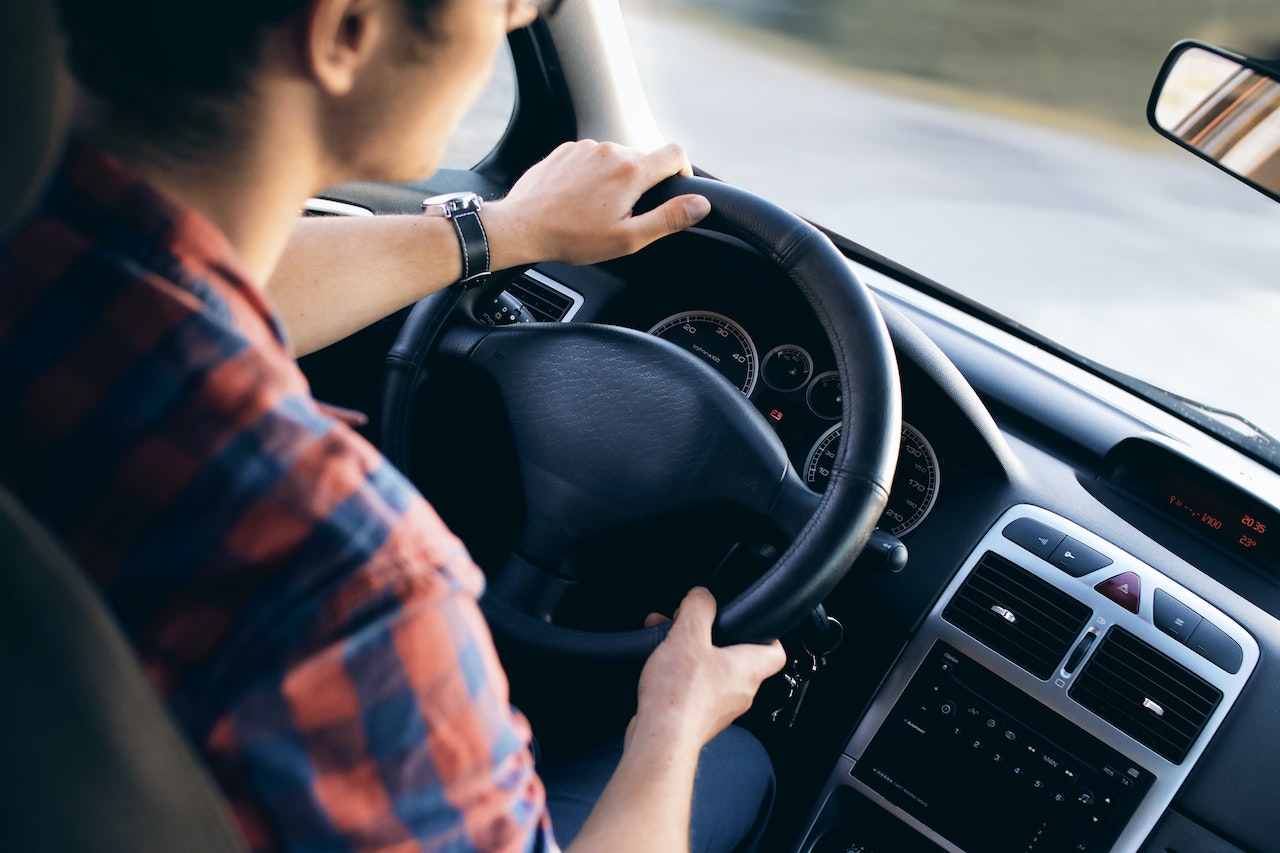Learning to drive requires dedication, practice, and the right skills. Behind the wheel of a car, you have to think on your feet and can quickly be confronted with unexpected hazards and obstacles. Driving lessons can provide the best opportunity for learners to equip themselves with knowledge, confidence, and experience so they become safe and competent drivers. Below are a few of the skills you can learn during your driving lessons:
1. Vehicle Control and Maneuvering
In a driving lesson, you learn how to maintain a proper driving position and adjust your seat and mirrors. You learn how to control the vehicle’s speed, steering, braking, and acceleration, enabling you to drive smoothly and safely. The instructor can teach you how to properly execute turns around corners, in parking lots, or on highways. You may also need to practice performing parallel parking.
2. Observational Skills
As a driver, you need to be constantly aware of your surroundings. Scan the road ahead, check your mirrors regularly, observe the speed limit, and be alert to any changes in traffic conditions. Be attentive to your vehicle’s dashboard indications so you can spot any malfunctions or problems quickly. The driving instructor can teach you to assess the road ahead and make safe and timely driving decisions.
3. Communication and Road Rules
You can learn how to communicate with other drivers and pedestrians on the road. This includes using hand signals and indicators. You may learn the meaning of road signs, traffic lights, and markings. Road signs come in various shapes and colors and indicate directions, alerts, and laws.
Traffic lights include a red light which tells motorists to stop, a yellow light which signifies caution, and a green light which tells drivers when it is safe to proceed. Markings on the road consist of lines, arrows, and symbols and can be used to indicate things such as speed limits and lane directions.
4. Risk Management and Road Positioning
Risk management involves being aware of the risks associated with driving and taking measures to mitigate those risks. One of the most significant risks associated with driving is the risk of accidents, which can result in injury or death.
Your instructor can teach you how to identify and manage risks on the road. They teach you how to adjust your speed and position. Maintain the correct position on the road as it can help prevent accidents. You will learn how to keep a safe distance from other vehicles. You will also learn to anticipate and react to other drivers’ actions and avoid distractions while driving.
5. Hazard Perception and Defensive Driving
Defensive driving involves being aware of other drivers on the road and anticipating potential dangers in advance. Learn how to react quickly to any hazard that might appear on the road. This includes pedestrians, animals, other vehicles, and weather conditions.
The instructor can teach you how to identify aggressive driving behavior, such as tailgating, speeding, or sudden lane changes. You may also learn how to respond to emergencies and other unexpected situations. Maintain a safe following distance, and keep your vehicle in control at all times.
6. Confidence
Confidence can help you feel more comfortable behind the wheel, which translates to better decisions while driving. You can gain confidence by practicing often to become comfortable with driving scenarios such as merging onto highways or navigating around town. Your driving instructor can help you develop confidence by providing the knowledge and skills to navigate different driving situations safely.
7. City Driving Versus Highway Driving
During your driving lessons, you may learn the differences between city driving and highway driving. City driving involves navigating through busy streets, intersections, and roundabouts. Highway driving involves driving at higher speeds and merging into fast-moving traffic. Your driving instructor can train you to become proficient in both types of driving.
Learn New Skills From Your Driving Lessons
By learning these skills during your driving lessons, you will be better prepared to handle different driving scenarios, stay safe on the road, and pass your driving test. Look for Go And Drive’s location to start your driving lesson today and by choosing the right driving school like them, it can help you get the best driving lessons possible.
A driving school should have experienced instructors, modern vehicles, and a proven track record. With these skills and the appropriate guidance, you can be well on your way to becoming a safe, responsible driver.





Be First to Comment